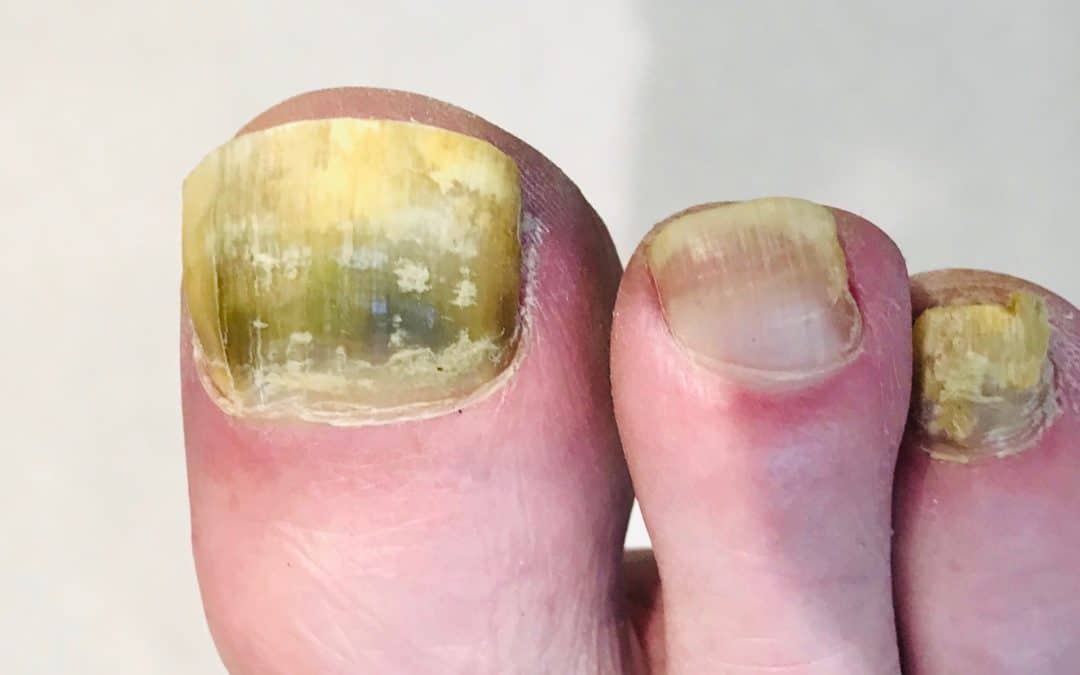
Fungal Nail Infection – 6 Top Questions Answered
Blog, Fungal Nails, General Podiatry, Ingrown Nails
Fungal Nail Infections
6 Top Questions Answered

In this article, we are going to answer some of your questions around Fungal Nail Infections! 6 Top Questions Answered: What exactly is nail fungus? How does nail fungus spread? Where do I catch this nasty little blighter from? What is the cause of the nasty nail fungus? What does it look like? And finally, are fungal nails infectious?
Yes yes yes this is an exciting foot topic so hold on to your socks we are ready to Rock! (Yes, I am a fun-guy (boom-tish)
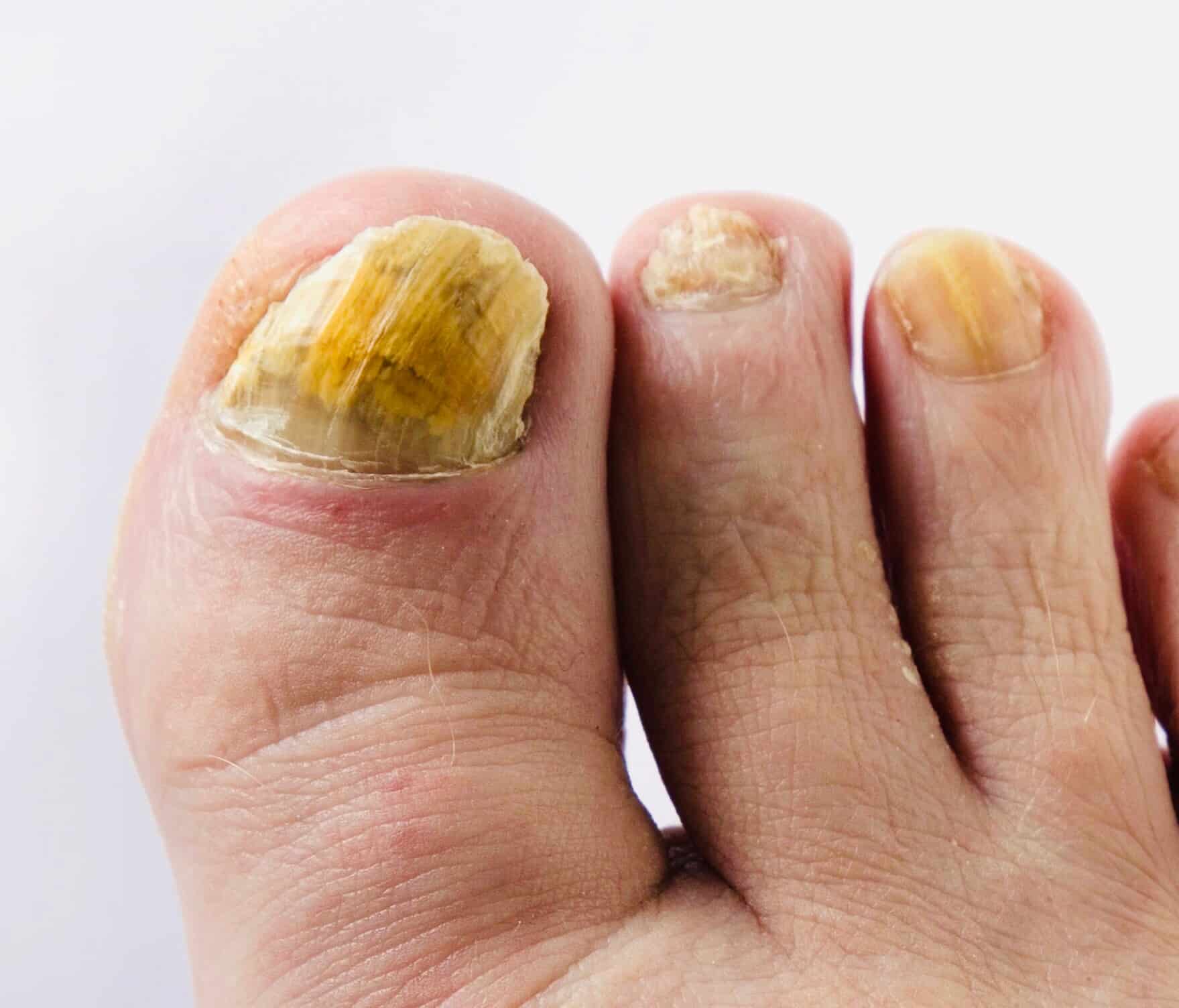
Fungal Nail Infection – Heavy
What is nail fungus?
Nail fungus is also called onychomycosis (on-ih-koh-my-KOH-sis). Nail fungus is caused by Fungal organisms or “Fungi.”
The most common type is Dermatophytes. These appear to be most prevalent in temperate climates while Candida is more common in tropical or subtropical (think Warmer northern areas of Australia. Another possibility is nondermatophytic molds, which is more common in warmer climates.
When the fungal nail infection is due to Dermatophytes, it is often referred to as tinea unguium. Of these, it is most likely to be a Trichophyton rubrum. Now, less common but also possible runners up in the dermatophytes stakes are, T. interdigitale, Epidermophyton floccosum, T. violaceum, Microsporum gypseum, T. tonsurans, and T. soudanense.
If you’re a layperson wondering why your nail looks odd the names of these are going to be important, but perhaps you’re a nerdy foot geek and this is really exciting stuff. OK, perhaps not!
What does fungal nail look like?
Most nail fungus Will start by looking like a yellow or brown spot or streak in your toenail. Most people will notice that their nail seems to be lifting away from the skin.
Nails that are heavily infected will become very yellow or brown discoloured and may also appear thickened. At times it may look a little crumbly and even “worm-eaten”. This appearance, for most people, will take years to occur and does not spontaneously happen overnight.
How does fungal nail spread?
Fungal nail infections are highly contagious. The fungus produces spores or perhaps easier thought of as eggs. These are invisible to the human eye. They are also very hearty and may Live in multiple areas that have come in contact with a live fungus, such as your socks or shoes. They may also be found in areas such as showers. This makes communal areas in gymnasiums and swimming pools such as change rooms A hotbed for fungal nail transmission.
Reinfection of fungal nails is also quite high if the areas that they live in, and produced spores in, is not treated also. Or the patient continues to use the same infected spaces that they did before their treatment
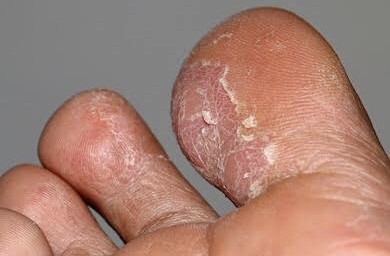
Tinea – flaky skin blisters-mild
How does fungal nail start?
Obviously, patients need to come in contact with a live fungus or with the spores (or eggs).
The first sign for many people is a tinea infection on their skin. This usually presents as dry white flaky skin or in its very early stages tiny waterless blisters on feet
There are certain groups of people that are more predisposed to fungal infections. Patients with diabetes, those who are immunosuppressed, and there seems to be an increased incidence in people over 60 years of age; which of course may include the two previously mentioned groups
What is the cause of fungal nail?
Most laypeople commonly misunderstand fungal infections. They are a completely different group to both bacteria and viruses. With this in mind, their treatment is also significantly different. For example, antibiotics and antivirals will not affect fungal nail infections.
Fungal nail infections are not a result of being unclean or unhygienic. Many people mistakenly believe that they simply need to wash their towels or socks more frequently and wash between their toes, and the infection will go away. However, this will have no result on the fungal infection whatsoever.

Worried you have a Fungal Nail Infection? See your GP or Podiatrist for a diagnosis.
Are fungal nail infectious or contagious?
Fungal nail Infections are highly infectious! It is common to see in family groups, in particular, those that share the same communal wet areas such as showers and bathrooms.
They are also highly infectious in the same communal areas in workplaces and also gymnasiums and schools, for example.
Where to from here?
Fungal nails are one of the most challenging and annoying to treat conditions that podiatrists and other medical professionals come across. This, in my experience, is mostly due to The high reinfection rate and the need to treat not only the infected area but the surrounding environment as well.
In a later article, I will discuss treatments that are recommended for onychomycosis. (Stay tuned)
Written by
Dr Brenden Brown
Sydney based Podiatrist and Founder of A Step Ahead Foot & Ankle Care
St Mary’s and Penrith
Articles used
https://en.m.wikipedia.org/wiki/Onychomycosis
https://www.healthline.com/health/fungal-nail-infection#diagnosis (Although much of this information I disagree with based on my 24 plus years of experience)
https://www.mayoclinic.org/diseases-conditions/nail-fungus/symptoms-causes/syc-20353294
https://onlinelibrary.wiley.com/doi/abs/10.1046/j.0933-7407.2003.00933.x
Fungal Nail calculator
You may also like to try our fungal nail calculator. This is the first fungal nail calculator in the world and will help guide you to potential treatment protocols. Use this guide to help guide you to understand better the level of infection that you may have present and give helpful suggestions as to what the best therapies maybe. Head to fungalnailDr.com.au
ABOUT DR BRENDEN BROWN

Dr Brenden Brown, Podiatrist & Shendi Brown
Founder of A Step Ahead Foot + Ankle Care in Sydney, and former president of the Australasian Podiatry Council, Dr Brenden Brown (A.K.A Dr Foot) is a wealth of knowledge on how to take care of your feet, including how to find the best shoes.
Follow him on social media:
instagram.com/askdrfoot
facebook.com/podiatristsydney
twitter.com/AStepAheadFAC
Free Report “10 things to know before choosing a Podiatrist”
Shameless Plug or where to get real help!
Need help? Need another opinion? Just want to get this sorted? Great, we’d love to help you ? You can start by calling our wonderfully helpful team on 9673 2987. They are all parents and will be able to help answer questions and guide you in the right direction.
Another option is to use our call back service, pop your details in the very short form and we will call YOU back on a number and times that suits YOU best. ?



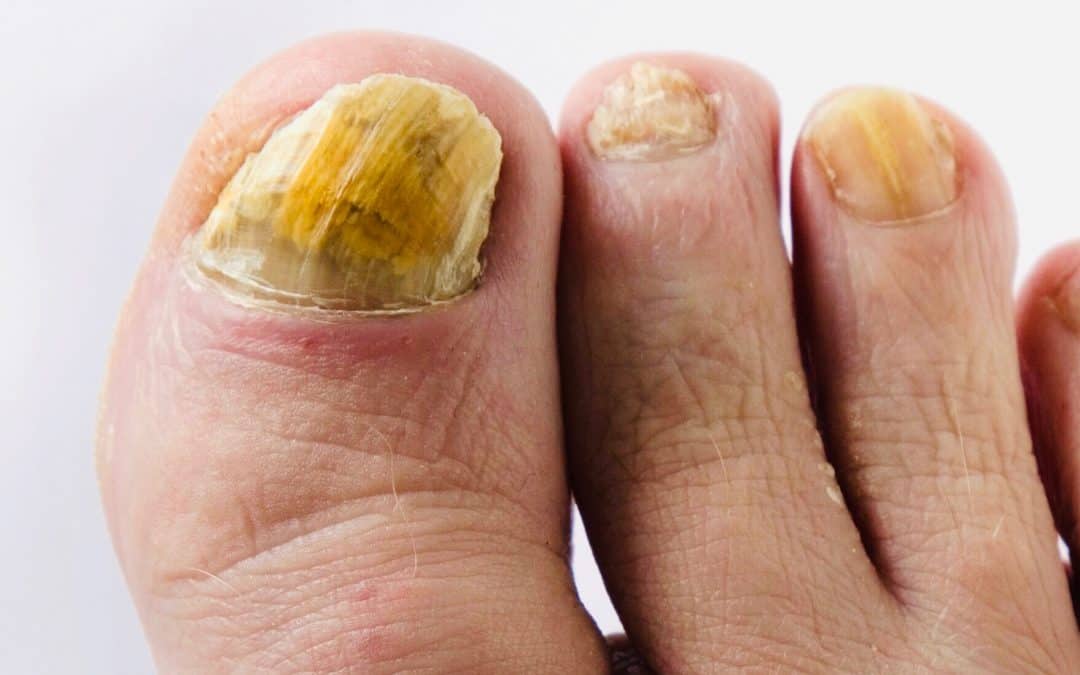

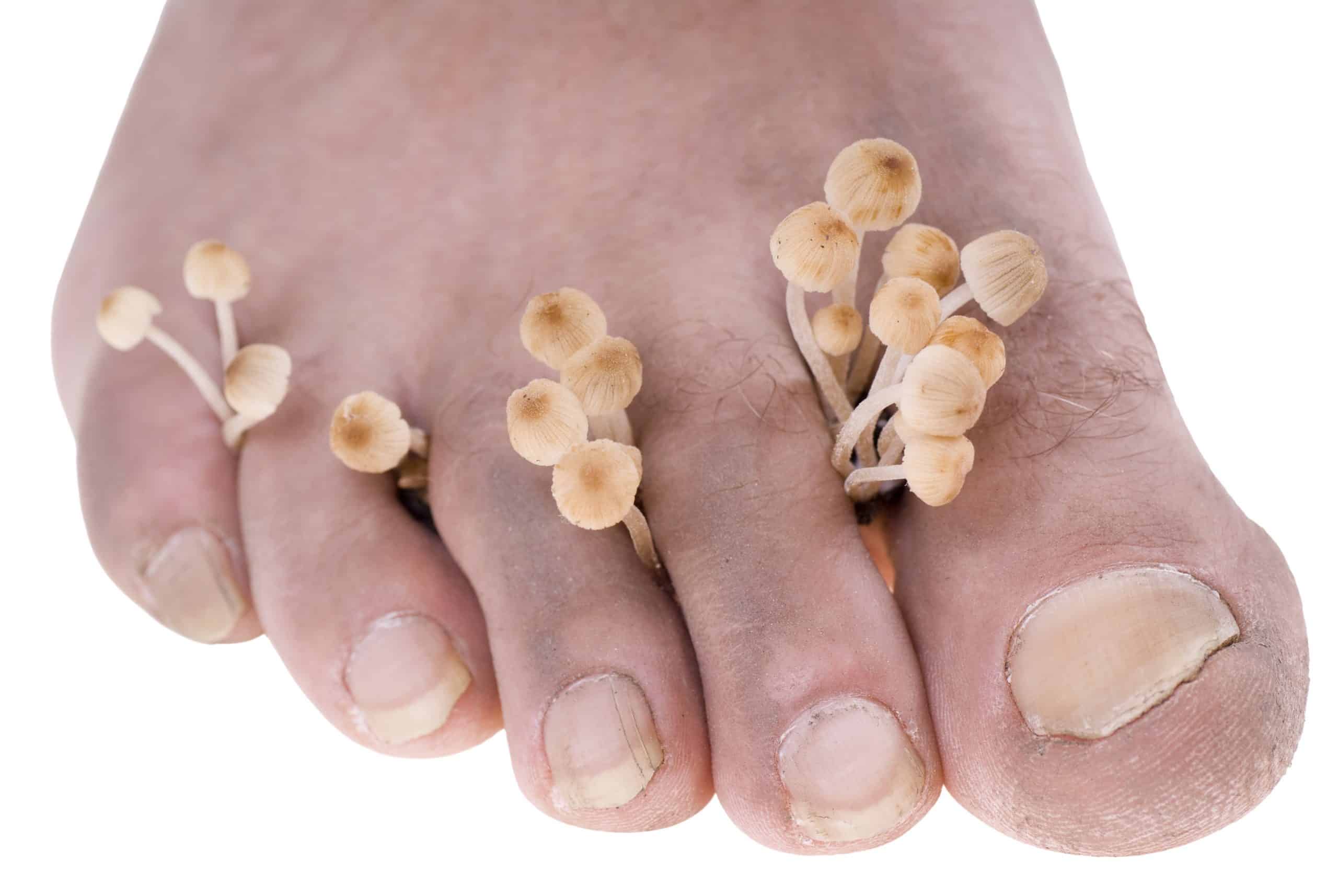

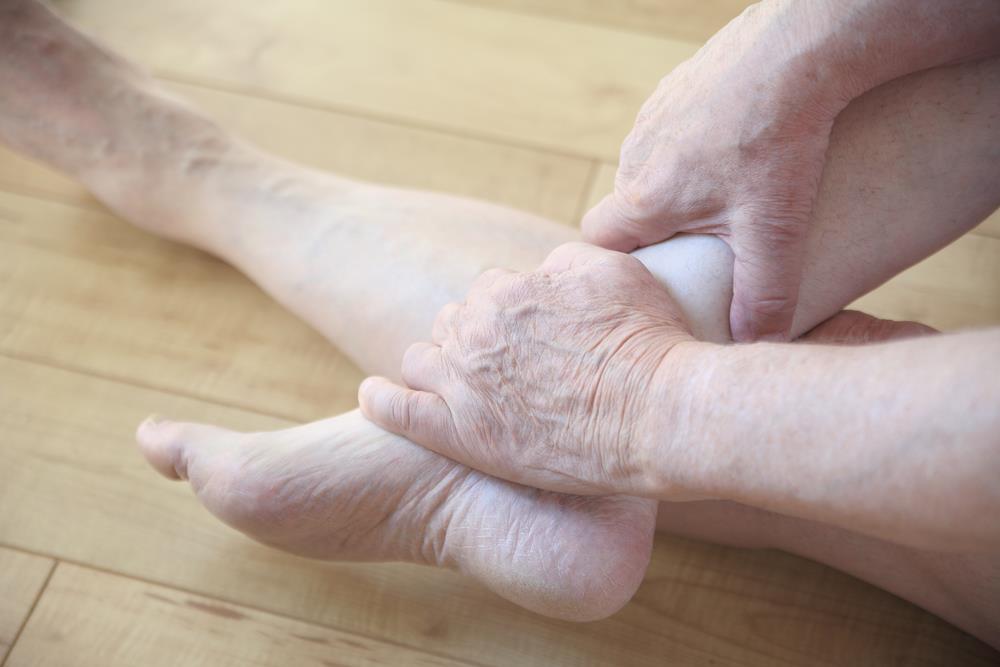

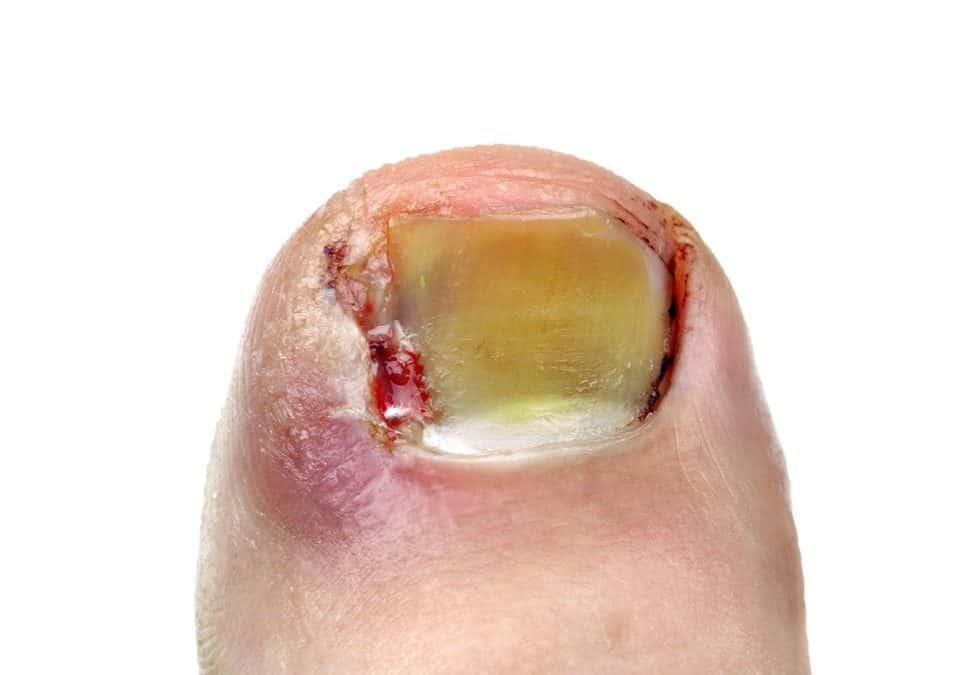
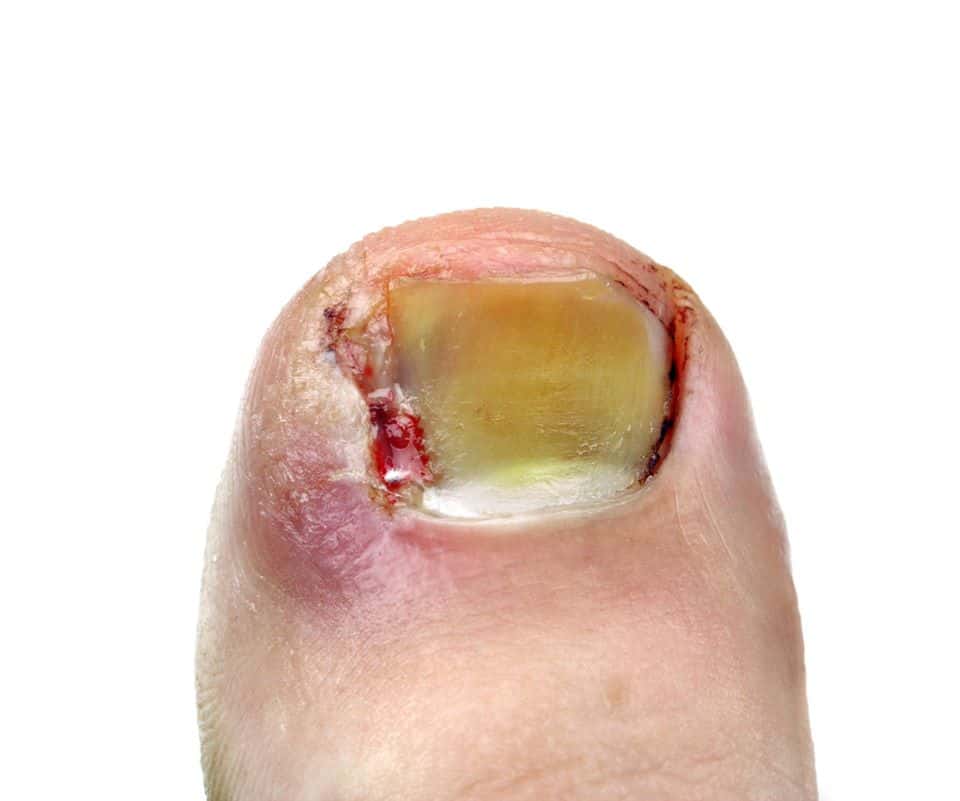
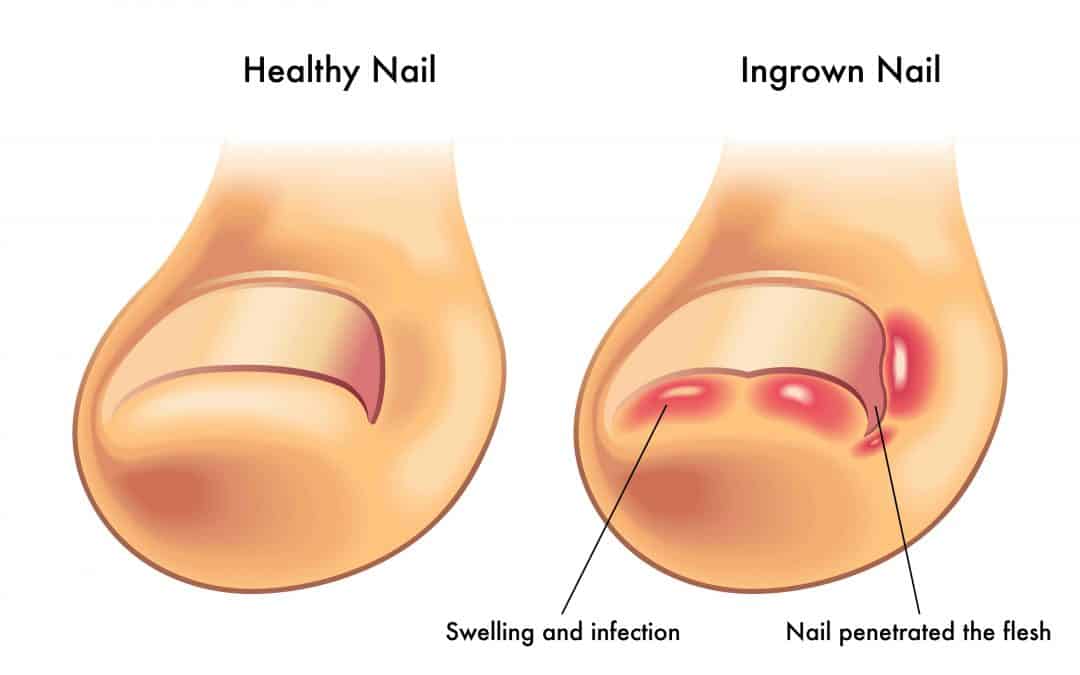
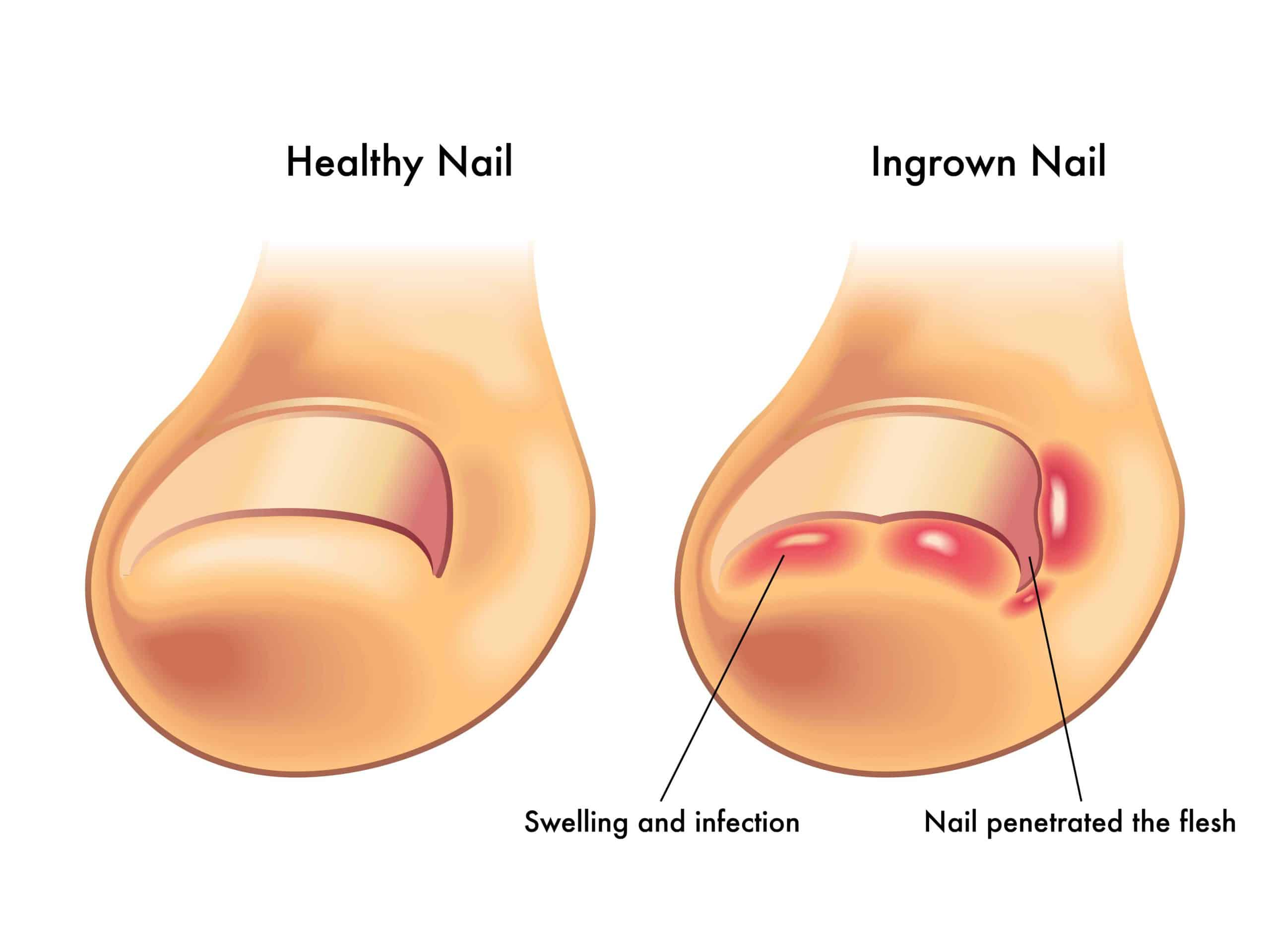
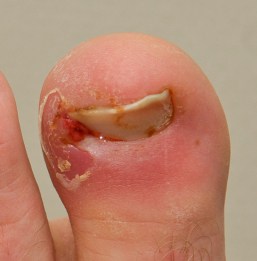
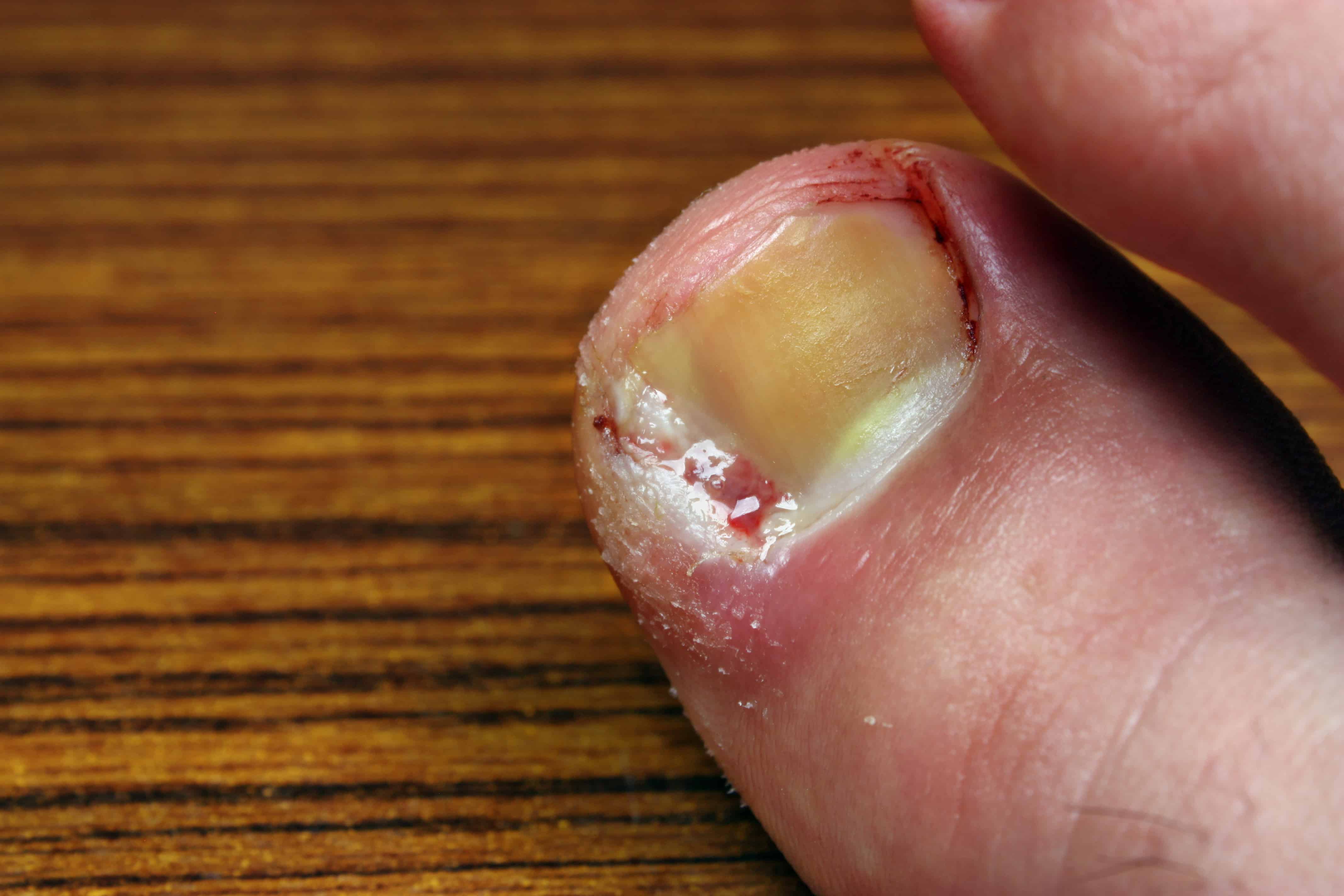




 Dr Brenden’s White paper report on the “6 Reasons You Won’t Beat Heal Pain” outlines what’s stopping you from beating this and tips on how to stop it in its tracks!
Dr Brenden’s White paper report on the “6 Reasons You Won’t Beat Heal Pain” outlines what’s stopping you from beating this and tips on how to stop it in its tracks!